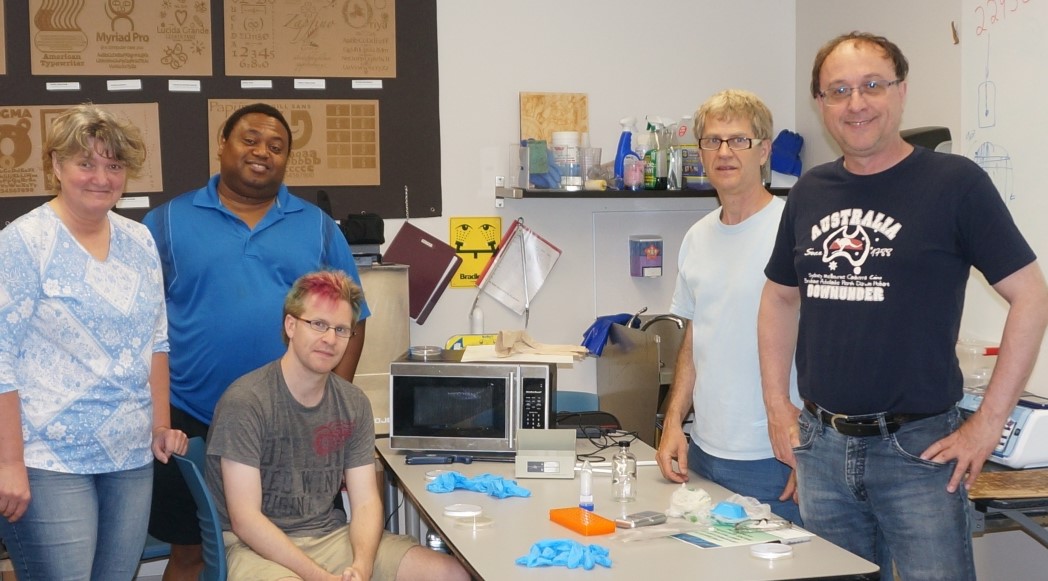
Here is the initial protocol from the vendor
This workshop was a success as the CRISPRed organism was immune to Streptomycin.
We learned how to prepare and pour the gels, how to visualize DNA ladders using the transilluminator we built (not yet documented under projects).
This workshop was a success as the 12 bands were visible. See protocol under resources link.
We learned how to extract DNA using a plasmid miniprep.
This workshop introduced column purification and centrifugation protocols. The complete extended protocol is available in resources as Mini Prep.
We prepared and plated a variety of bacteria containing fluorescent plasmids.
We used our incubators as built under projects. This workshop was a success as the Fluorescent genes were expressed.

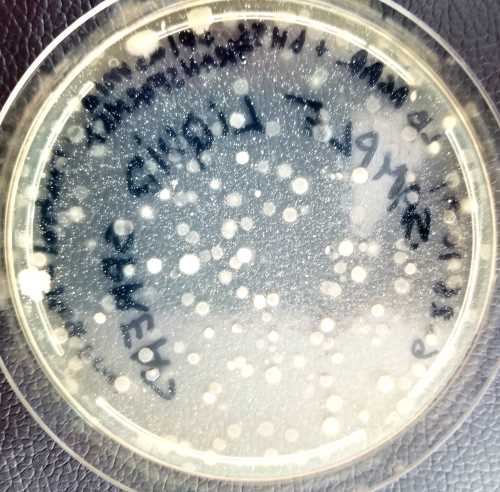
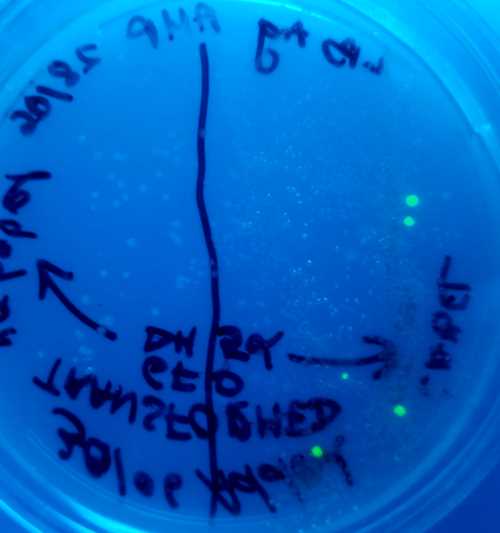
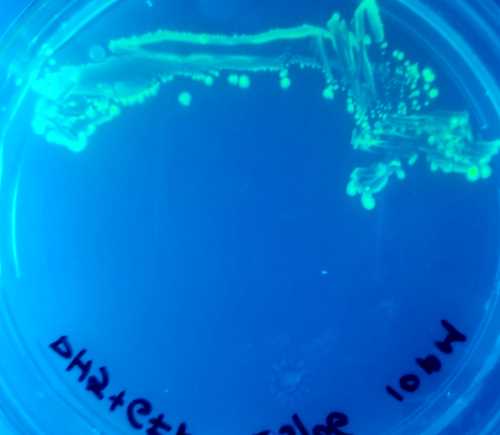
Adrian's handwritten notes for this experiment in a text format
On July 12th we ran a STEM session at the Nepean Branch of the Ottawa Public Library.
About 20 participants enjoyed a DNA race which was demonstrating and Electrophoresis.
Here are some of the links to resources used to run this workshop:
University of Utah Lab This also include instructions for making a very simple box.
Rainbow Gel Electrophoresis Lab
An You Tube video demonstrating an industrial procedure
Adrian's handwritten notes for this experiment in a text format
DNA extraction from a strawberry.
We tried this semi-scientific DNA extraction so we could 'see' the DNA
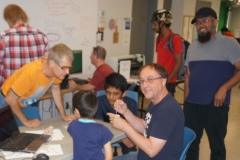
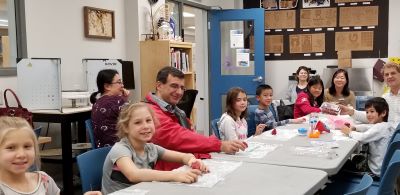
We have the the protocol described on the resources page.
The beginning of the list consists of planned workshops and the rest are for discussion. Please propose new ones you are interested in, so we could consider them.